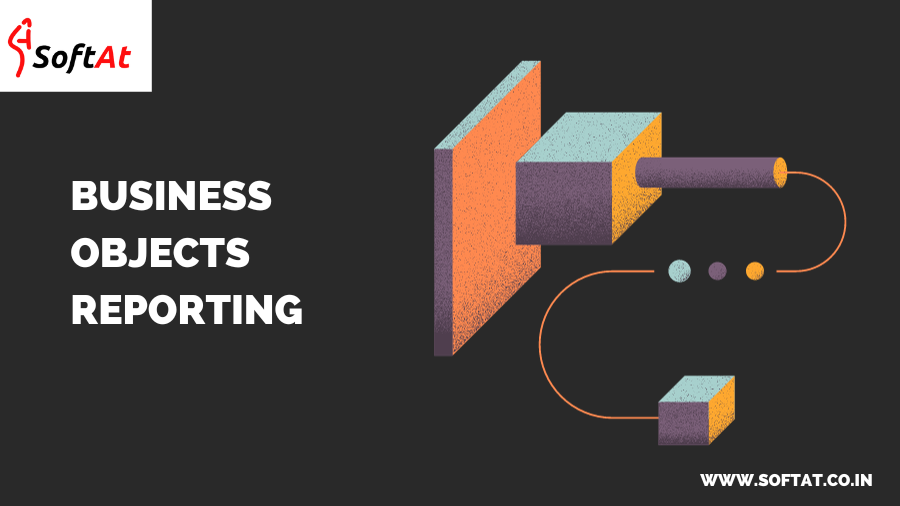Business Objects Reporting stands at the forefront of modern business analytics, transforming raw data into meaningful insights. It’s not just a tool; it’s a gateway to informed decision-making and strategic planning.
Evolution of Business Objects Reporting
In the historical context, businesses relied on traditional reporting methods, often grappling with data overload. However, with technological advancements, Objects Reporting emerged as a game-changer. The evolution brought about user-friendly interfaces and robust functionalities, making data analysis accessible to a broader audience.
Key Features of Business Objects Reporting
Data visualization lies at the heart of Objects Reporting. It’s not just about numbers; it’s about transforming complex datasets into visual stories. The customization options further empower businesses to tailor reports according to their unique needs, fostering a more personalized analytical experience.
Benefits for Businesses
The adoption of Objects Reporting translates into improved decision-making and enhanced operational efficiency. Businesses leverage the power of data to identify trends, opportunities, and potential challenges, enabling them to stay ahead in today’s competitive landscape.
Common Challenges in Business Objects Reporting
Despite its myriad advantages, Objects Reporting is not without challenges. Data security concerns and integration issues often pose hurdles for businesses. Addressing these challenges head-on is crucial for maximizing the benefits of this powerful tool.
Best Practices for Effective Reporting
Clear data presentation is a cornerstone of effective reporting. Businesses need to prioritize simplicity without compromising on the depth of information. Regular updates ensure that the insights derived remain relevant in a dynamic business environment.
Choosing the Right Business Objects Reporting Tool
The market offers a plethora of Objects Reporting tools, each with its unique features. A comparative analysis and consideration of factors like scalability and user support are essential for making an informed choice.
Case Studies: Successful Implementation Stories
Real-world examples speak volumes about the impact of Business Objects Reporting. Organizations across industries have witnessed positive outcomes, ranging from improved productivity to significant cost savings. These case studies serve as inspiration for businesses considering the adoption of this analytical powerhouse.
Future Trends in Business Objects Reporting
The future promises exciting advancements in Objects Reporting, with the integration of artificial intelligence and predictive analytics. Businesses need to stay abreast of these trends to harness the full potential of their data.
How to Maximize ROI with Business Objects Reporting
Maximizing return on investment goes beyond mere implementation. It involves utilizing advanced features, investing in employee training programs, and ensuring that the tool aligns seamlessly with organizational goals.
Interactive Reporting: Engaging Stakeholders
User-friendly interfaces and collaborative features are not just luxuries; they are necessities. Interactive reporting ensures that stakeholders are not just passive recipients of data but active participants in the decision-making process.
Addressing Data Quality Issues
The saying “garbage in, garbage out” holds true in the realm of data analytics. Objects Reporting necessitates a keen focus on data quality, with stringent quality assurance measures to ensure accurate and reliable insights.
Common Myths about Business Objects Reporting
Debunking myths is crucial for dispelling misconceptions surrounding Objects Reporting. Whether it’s perceived complexity or concerns about scalability, addressing these myths is essential for promoting widespread adoption.
Integration with Other Business Tools
In today’s interconnected business landscape, seamless collaboration is paramount. Business Objects Reporting’s compatibility with other business tools ensures a cohesive and streamlined analytical process.
Conclusion
In conclusion, Business Objects Reporting transcends traditional data analysis, providing businesses with a competitive edge. From addressing challenges to unlocking future possibilities, this tool is a catalyst for innovation and strategic growth.
Frequently Asked Questions (FAQs)
- Is Business Objects Reporting suitable for small businesses?
- Absolutely. The scalability and customization options make it adaptable to businesses of all sizes.
- How often should reports be updated for optimal relevance?
- Regular updates, ideally in sync with business cycles, ensure that insights remain pertinent.
- Can Objects Reporting integrate with existing data management systems?
- Yes, most Objects Reporting tools are designed for seamless integration with various data systems.
- What role does AI play in the future of Objects Reporting?
- Artificial intelligence will enhance predictive analytics and automate insights generation, revolutionizing how businesses leverage data.
- Are there any security measures in place to protect sensitive business data?
- Yes, robust security features are integral to Objects Reporting tools to safeguard sensitive information.
You may be interested in:





